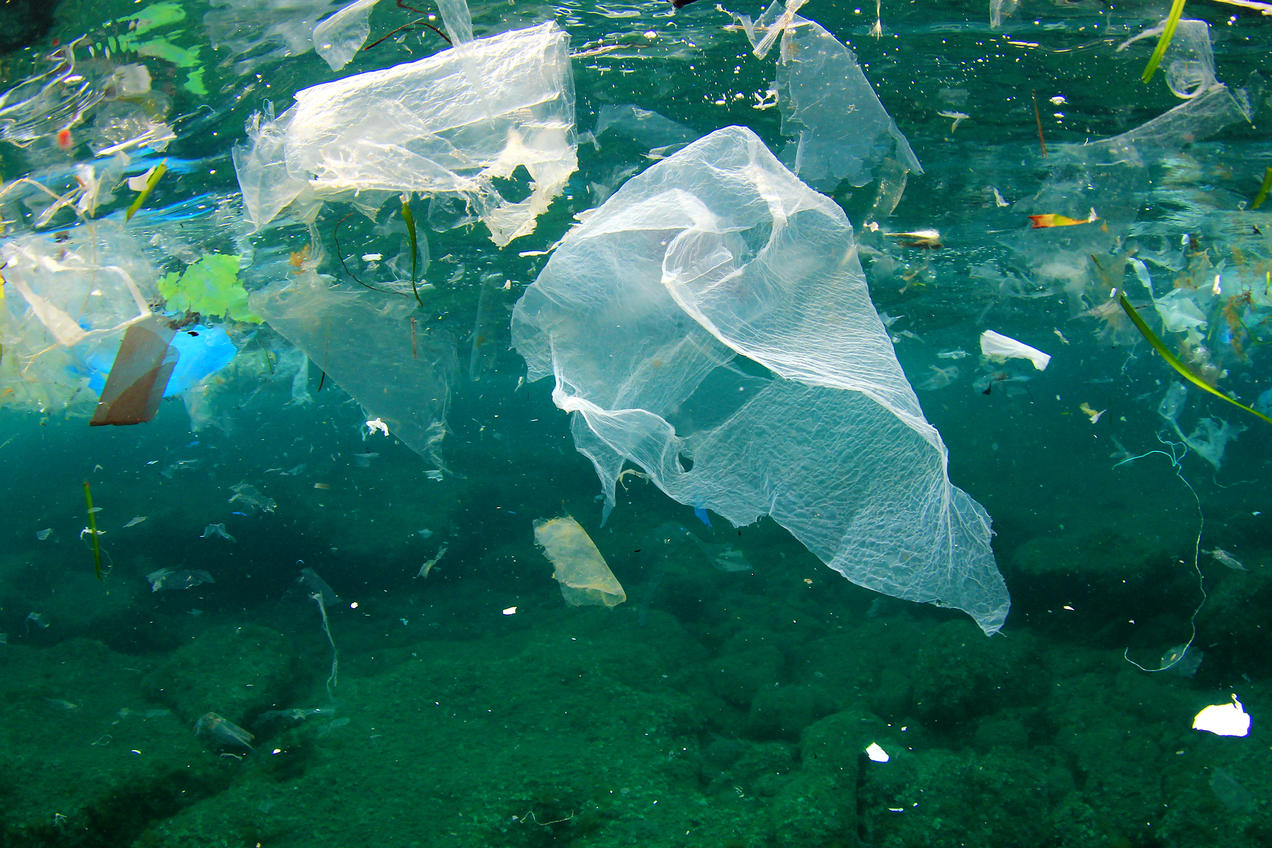The Earth’s atmosphere bears the necessary elements needed for human survival. However, as human plastic waste continues to multiply, the introduction of chemicals and toxins into the air and water is life-threatening to several species. Due to their size and properties, micro and nanoplastics indirectly pose dangers to human health.
Microplastics, which have a length of fewer than five millimetres, form as a result of the disintegration of larger pieces of plastic. Although micro and nanoplastics are harmless when isolated, they can combine with toxins in the atmosphere to form a “cocktail” of dangerous chemicals. This mixture adversely impacts human health, the environment, and the climate. Researchers at McGill developed a groundbreaking technology to detect micro and nanoplastics in our environment.
Zi Wang, the first author of the study, is a PhD candidate in environmental and analytical chemistry at McGill. Micro and nanoplastics tend to spread faster in the environment once emitted into the air.
“The atmosphere is the fastest moving fluid in the environment,” Wang wrote in an email to The McGill Tribune. “Microplastics have been found in diverse environmental matrices, for example, oceans, sediments, soil, and biological entities. During precipitations, snowflakes can take up the microplastics in the air. This process may change the morphology, microphysics, and toxicity of the snow, and alter the snow albedo.”
Micro and nanoplastics absorb up organic matter and heavy metals present in the environment. Once these plastics enter the human body, they release accumulated toxic substances that can cause reproductive diseases and cancer. The dangers of such plastics are not limited to the humans: Zooplankton—aquatic organisms ranging from microorganisms to larger species such as jellyfish—ingest microplastics in the ocean and transfer these toxin-bearing contaminants up the food chain. Microplastics that enter a secondary consumer’s body block the digestive tract and reduce the urge to eat, causing starvation and potentially death.
The adverse effects of these materials are heightened during winter.
“Snow can take up some of the airborne particles or aerosols during precipitation events,” Wang wrote. “It acts like a filter which gets rid of many impurities from the atmosphere, including micro [or] nanoplastics in the air.”
The study focussed on the snow-borne polyethylene glycol (PEG) and the fragments of polyethylene (PE) found in the environment during colder months. PEG is a synthetic polymer soluble in water and is used in multiple fields, including oral health, medicine, and various other industries. PEG is most commonly used as a lubricant as well as in toothpaste and mouthwash. Its increasingly abundant presence in the environment, however, raises many health concerns, which makes it important to detect the amount and type of such nanoplastics in our environment.
To detect traces of these plastics in our environment, the researchers used nanostructures, which are designs that exist on a tiny scale—one nanometre is equivalent to one-millionth of a millimetre. The surface of snow samples contain recyclable nanostructures that trap the dissolved plastic, the amount of which is then measured using a technique involving using nano-structured mass spectrometry.
In April 2019, the researchers used laser technology to test the micro and nanoplastics content of collected snow samples. Micro and nanoplastics in the snow absorbed energy from a laser beam, causing them to separate from the rest of the sample. Following this process, the team quantified the separated micro and nanoplastics.
“This technique may produce crucial missing information on the fate of micro [or] nanoplastics in various environmental matrices and their impacts on the ecosystem and human health,” Wang wrote.
This newly developed technology marks one step toward achieving a much healthier and cleaner environment.
A previously published version of this article incorrectly stated that Zi Wang was the lead author of the study. In fact, Wang was the first author. The Tribune regrets this error.








